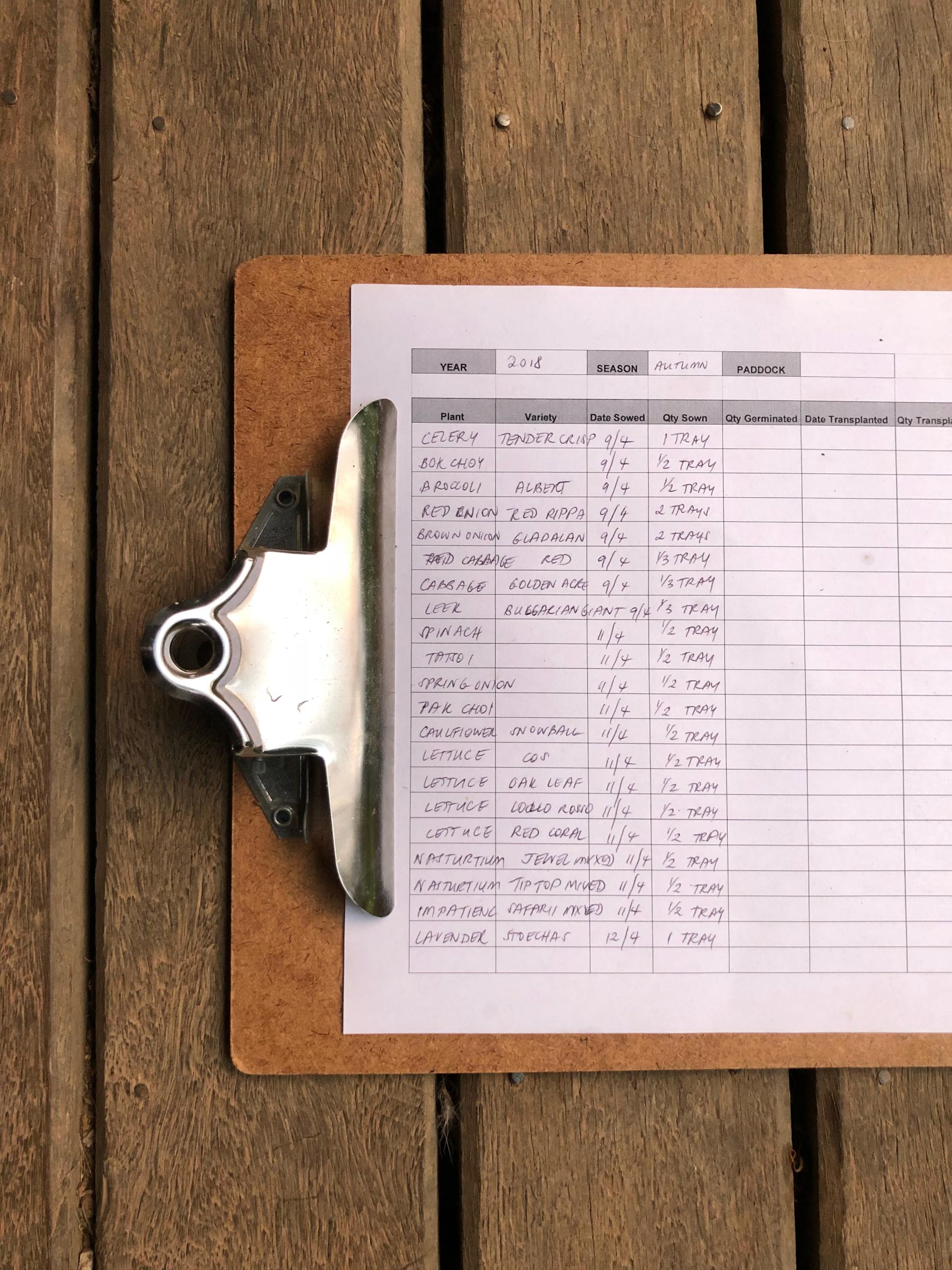This is a subtitle for your new post

Safely Move that Couch (and Other Large Furniture)
As some of your apartment's largest, heaviest, and most oddly shaped furniture, couches may be quite difficult to pack and move.
It may be cumbersome and hefty despite your ability to dismantle it and make it into different portions. Our team knows that moving big furniture safely involves planning ahead, having the correct tools, being patient, and enlisting the assistance of willing others to prevent harm to the sofa or yourself.
Obtain the necessary equipment, such as a flat furniture dolly and furniture sliders.
It needs certain equipment to move couches so that you, the couch, and anybody else assisting you are safe. Not only does it assist in avoiding more serious harm or injury, but your back will also appreciate it.
A flat furniture dolly works best in place of a hand truck for handling and moving large, heavy furniture, such as couches. Furniture dollies consisting of a square, level platform on four wheels can support up to 1,000 pounds and make it simple to roll or slide heavy objects down halls or across rooms.
Pack the couch for moving.
Your couch cannot just be thrown onto a furniture dolly, rolled onto a moving truck, and left there. Your couch will be easier to transfer if you can make it smaller and more compact. Our property management team suggests breaking up larger couches, such as L-shaped sectionals, into smaller pieces to make them easier to handle. Use these packing suggestions if the couch or sofa cannot be divided into smaller parts.
Detach couch legs and arms.
If possible, remove any sections of the couch that protrude or aren't attached to the main structure. These are typically the couch's arms and legs. Sometimes, it's as simple as twisting the legs off. You'll probably need a screwdriver if not. To ensure that you don't lose track of any loose screws or other hardware during the relocation, place it all in a clearly marked Ziplock bag.
Wrap the couch in plastic wrap.
After removing anything that isn't fixed to the couch's frame, fully encase the furniture in plastic wrap. As you move, the couch may collide with the apartment's walls, door frames, stairwells, and other elements. By wrapping it up, you may prevent damage to the house and maintain the couch clean and free of stains.
Measure the couch and the spaces it will need to fit through
Arguably, this is the most crucial step in relocating a couch. If the couch doesn't fit through your flat's tiny entrance or hallway, all of your preparations will be in vain. Take measurements of the
couch's depth, width, height, and length. To ensure you have an accurate idea of the couch's measurements, measure the couch's sides, corners, and padded sections.
By taking measurements beforehand, you can avoid the hassle of realizing halfway through the move that the couch is too large for your apartment elevator or caught in an excessively small doorway.
Take down doors
It's time to clear any obstructions, such as doors, from the path leading to the moving truck if your couch can squeeze through all the gaps. Every inch counts when relocating couches, and freeing doors from their hinges will give you valuable extra room.
Fortunately, removing doors is not too difficult; once you're finished, you can put them back. In addition to doors, ensure your route is clean by removing any obstructions that can trip you up, such as moving boxes and carpeting in the corridor.
Have enough people to safely lift the couch
Unless you're employing movers, you'll probably need to recruit some friends to assist you. You probably just need one additional person, with at least one on one end and another on the other, if the couch is tiny and not too heavy. However, if the couch is larger and heavier, you might need four persons to complete the work.
When relocating the couch, move slowly.
Take your time and exercise patience when transferring the couch from the living room to a truck or down several levels from your top-floor flat. Let them know if one of your assistants has to move or take a break.
Always move slowly and pay close attention when at points of access, small openings, and corners. When you come across a trouble area, don't push it. Take a moment to consider the circumstances and look for a solution.
Moving large furniture safely requires careful planning, the right equipment, and proper techniques to prevent injury and damage. We advise starting by assessing the size and weight of your furniture and planning your route to ensure there are no obstacles.
Use tools like dollies, sliders, and straps to make the process easier and safer. When lifting, always use your legs rather than your back to avoid strain, and consider enlisting help from friends or professional movers for particularly heavy or awkward items.
4/11/25




